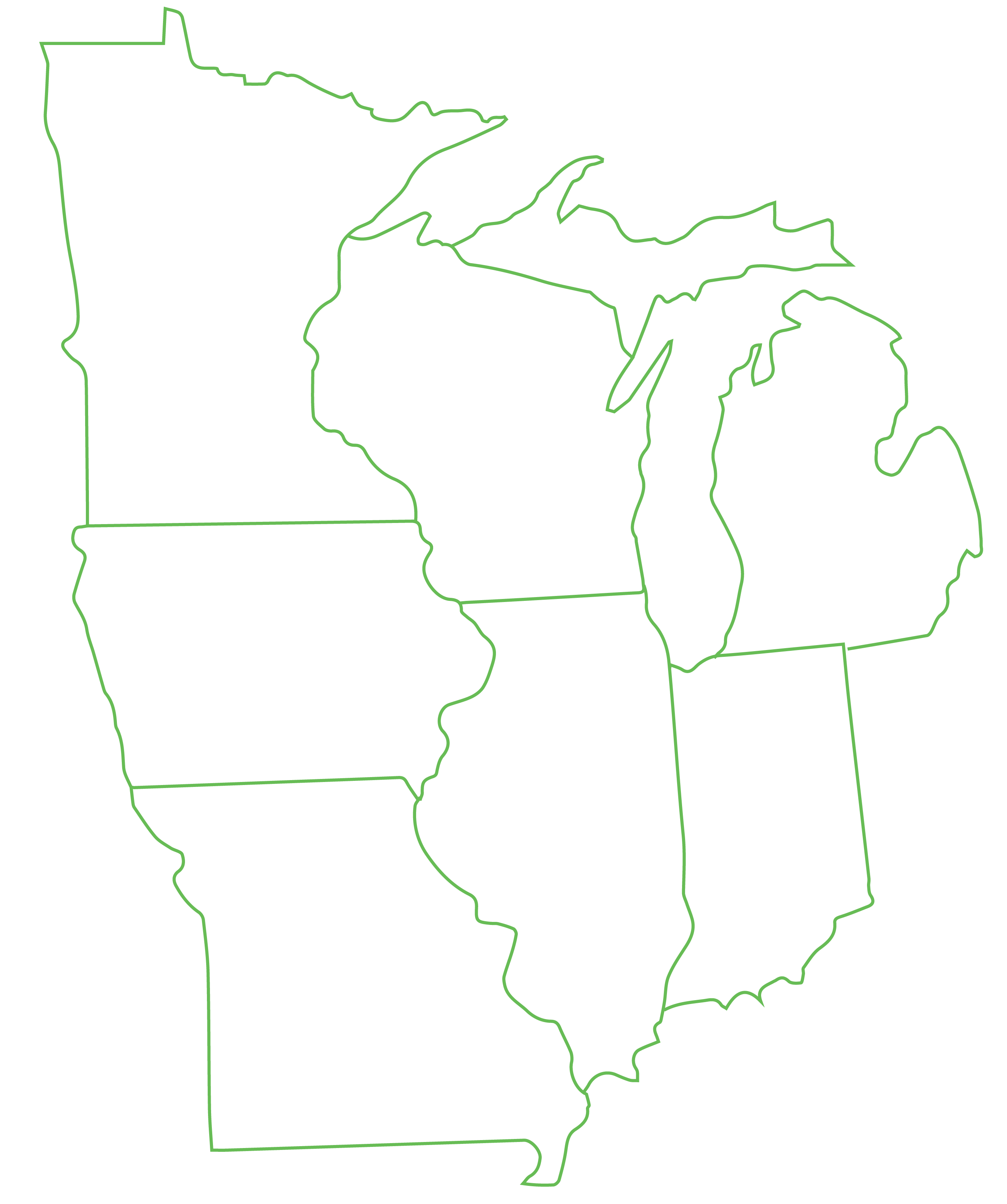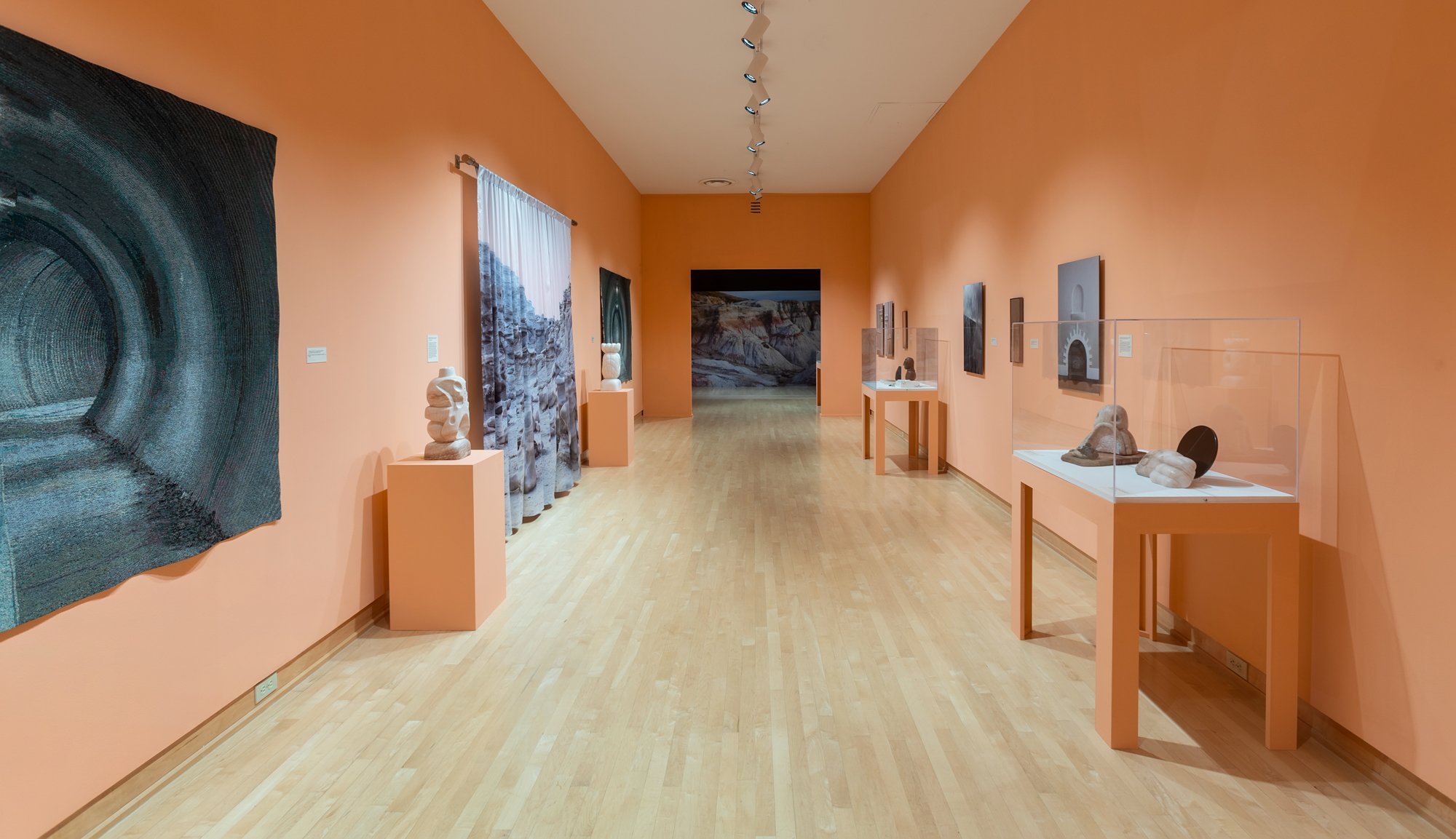No Coast
Lee Hunter: Cosmogenesis, 2022. Photo courtesy of John Michael Kohler Arts Center.
Last year I moved back to the Midwest after being gone for twenty-one years. When I left, I was fed up with living in a small college town. I was a frustrated townie, surrounded by cornfields and failed dreams. I was going to start in a small city (Portland, OR), then a bigger one (Oakland, CA) and finally the best one (New York City). I’m as surprised as anyone to find myself back in Central Illinois, but like many, the pandemic required me to reconsider my quality of life and now I get to hang-out with my 96 year old grandma whenever I want to. It’s nice to see the cornfields now. They remind me of the Central Valley in California, which quickly reminds me of the Sierra Nevadas, the grand Sequoias on US 1, and the mist from the Pacific Ocean. I have become a townie with no town.
No matter where I am, I think about art and what art can and can’t do. The term itself is quite troubled. Art appears across multiple fields of production, markets, and consumers. If you throw the net as wide as possible, then writers, poets, painters, musicians, potters, actors, dancers, sculptors, performers, vocalists, and many more are all artists. The human desire to create reveals itself across many materials and practices. There is opportunity there.
But when it comes to contemporary fine art and the market, visual artists find themselves butting against a different set of variables. Neoliberal capitalism, luxury goods, individual branding, and questionable funding all come to mind. We’re in a complicated web of relationships where manners are preferred over morals.(1) My friendly reader is aware, as well as I, that in the process of great capital accumulation comes great harm, regardless of political affiliation. There is opportunity here too.
Seven or eight years ago I started working on a project called Cosmogenesis. I started with the now-cliché quote by Fredric Jameson, popularized by Mark Fisher: “It is easier to imagine the end of the world than the end of capitalism.”(2) To do this, I wanted to use science fiction as the framework for thinking through a different future. I also wanted to avoid the utopia/dystopia binary, and try to stay with the trouble instead, as Donna Haraway suggests.(3) I’ve been called a utopian for thinking another world is possible, but it’s going to be a different world no matter what happens. I’d just prefer that Earth is habitable rather than mostly dead. If that’s utopian, I guess I’ll take it, but it seems like a low bar.
I started Cosmogenesis with eight photographs. Since then, the project has become an archive of photographs, drawings, sculpture, textiles, video, and found objects. Last year, I started working in earnest on the speculative fiction book that accompanies the project, and now I’m working on the second draft. The combined processes of research, writing, and making are the core activities of the project, which I have now shown in three iterations. Each iteration is specific to the exhibition space, available budget, and production capabilities. Over the years, the number of materials has increased, but my love for photography, video, and sculpture remains the same. I have always seen this project as a form of resistance to time, and a project that is object based and durational. I want to move at my own speed, free from the pressure of others.
At its heart, this project is a way to question how humans make knowledge or interrogate epistemology. I am curious to see how people form their world views, and how those views change over time. I am also interested in how objects change over time, and how history tries to interpret ancient cultures through archeological findings. History itself, based on the traces of written language alone, leaves out the experiences of those who don’t write. How are ideas lost in translation? How are they lost in words, language, and cosmologies
Cosmology seems more important than ever, particularly given current global power formations. The past few months in the United States have accentuated a group of power-hungry people who form a powerful and well-organized minority. This minority is willing to go to extremes to uphold so-called Christian ideals, privileging a white nationalist cishet male perspective. They are trying to send the present through a portal, into versions of an idealized colonial past—or, as the current majority in the SCOTUS would have us, back to 1776. (Many would argue these parts of the past have never left the present.) Eighteenth century ideals don’t leave space for anyone that doesn’t fit the aforementioned category, and I suppose that’s the goal anyway. Consolidate the power, collect the dollars, let God sort the rest. This is not a way of being that promotes a viable future for the rest of us.
Cosmogenesis is a project inspired by the feminist writers and thinkers (4) who have influenced my thinking, particularly about world building as a tool for addressing the many problems in our current world. That doesn’t mean my head is in the clouds or I ignore reality, btw. It means I also create space for rest, reflection, and dreaming. Possibility is important, and a possible future not defined by ecological collapse and mass death is an important place to hold in my mind. There are many people fighting for a world that doesn’t end in collapse, and in a variety of different methods, ways, and means. All of these are important for the present and future.
This project has become a way for me to have interesting conversations with people. At best, the combination of aesthetics and craft create an otherworldly place, where things are knowable but something is off. It is that moment of off-ness that brings people to question something deeper in themselves. I know that museums and galleries are often not accessible spaces, but I also know that as an artist, this is what I signed up for, and so I try to use those spaces and resources to create as many conversations as I can. Questioning epistemology is like shaking the dew from spiderwebs woven in the interstitial space between reality and dreams. Shake too hard and you risk the structure of the web, which can create chaos. Shake too lightly, and the water drops don’t fall. I try to navigate these realms with a subtle and delicate hand.
Moving back to the Midwest during the second year of the pandemic has been an interesting experience. My sense of community remains dispersed across multiple continents. I spend more time in the yard, and I’m learning to grow plants, make compost, and manage downspouts. So far so good. Should you find yourself hurtling down a road near Central Illinois, give a shout. We can have a laugh about art and life.
1. Reference to Oscar Wilde’s quote in his 1893 play, Lady Windemere’s Fan. MRS. ERLYNNE. [With an amused smile.] “My dear Windermere, manners before morals!”
2. This quote is attributed to Frederic Jameson. Both Mark Fischer and Slavoj Žižek have used the quote. I just like Marc Fischer, and I can’t stand the latter. (Fight me.) Mark Fisher, Speculative Realism: Is There No Alternative? Washington, DC: Zero Books, 2009.
3. Donna J. Haraway. Staying with the Trouble: Making Kin in the Cthulucene. Durham, NC: Duke University Press, 2016.
4. In no particular order, some authors that come to mind: bell hooks, Octavia Butler, Christina Sharpe, Ursula Le Guin, Judith Butler, Saidiya Harman, Alexis Shotwell, Jane Bennett, Leslie Fineberg, Zoe Todd, Kate Bornstein, Donna Haraway, Sylvia Winter, Eve Kosofsky Sedgwick, Kim Tallbear, Roxanne Gay, and many more.


